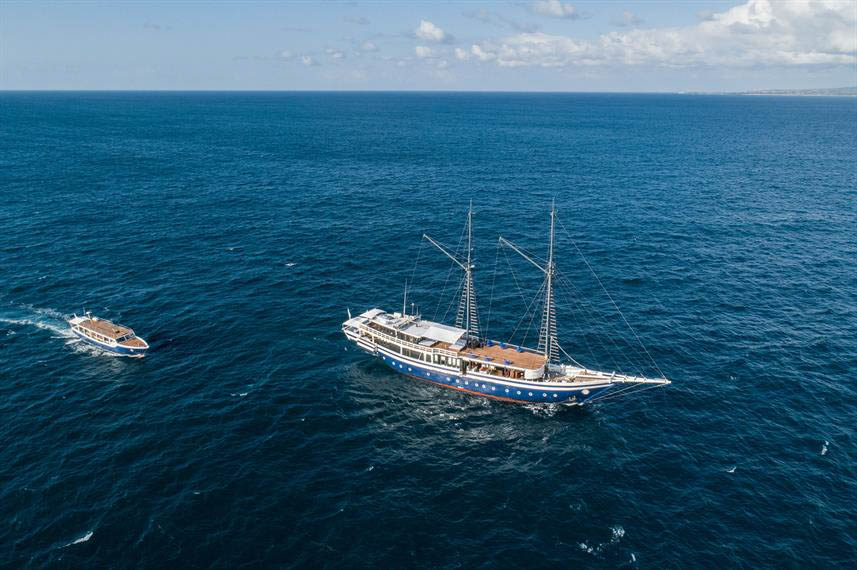Seahorses seem to be a big favourite for divers and non-divers alike, we actually know surprisingly little about them. Besides the fact that their males get pregnant, most divers don’t know that much about them. So here a few fun things you never knew about seahorses and will make you appreciate them even more next time you encounter them during your dives.
Seahorses are fish (yes they really are just fish) that belong to the family of Sygnathidae, which translates as “fused jaws”. This means that all seahorses and pipefishes have jaws that are stuck together. So if you were to imagine eating like a seahorse, try sucking up your steak through clenched jaws, only using your lips to help you suck the food in. A good thing seahorses do not have teeth, as they’d get in the way and make it even more difficult!

Another quirky thing seahorses do, is that they make noise. They make two distinct types of sounds: “clicking” and “growling”. I personally absolutely love the idea of a growling seahorse! It seems they do this when they are stressed out and it might even be some sort of escape mechanism to startle predators. Most likely because those predators would be laughing too hard because a seahorse just growled at them. The clicking sounds are mostly used during courtship and mating, so not only do seahorses growl to chase away predators, they also serenade their partners to get them in the right mood. Strange little critters indeed.

Keeping up with the strangeness, have you ever wondered how strange the tail of a seahorse actually is? The tails of most animals are round, but nearly all seahorses have square tails. It turns out that this square shape is better at grasping and holding items. At the same time it offers a higher resistance to crushing than a round tail would. So perfect for a camouflaged critter which spends most of its time clinging on to objects, pretending to be something it is not to avoid getting eaten by predators.

Different 3D printed models of seahorse tails (Source)
Seahorses usually cling on to objects like seagrass or seafans, but it they really aren’t too picky. Seahorses living in areas with a lot of plastic are known to use the plastic as camouflage. They will even change colour to resemble the colour of the plastic and the spots on it. Since seahorses don’t really mind what they hold on to, artificial structures have successfully been used to provide shelter for them when their natural habitat has been destroyed. This way populations can continue to exist until the natural vegetation has recovered.
Loss of habitat is one of the biggest risks that endanger seahorses, the trade for traditional Chinese medicine is another big threat. IUCN has listed 7 species as Vulnerable and one species as Endangered, but most species have either not been assessed or we lack the data to assess whether or not they are endangered. To combat the illegal trade and offer some means of protection, all seahorses are listed with CITES, which means trading them is strictly controlled. One of the simple rules used to do this, is a size limit of 10cm. This size ensures that most traded seahorse species are mature individuals who can reproduce and that juveniles are left alone.

Properly protecting seahorses is made even more difficult since we don’t even know how many species of seahorses exist. Estimates of the number of species range from 40 to 48 species. It is quite likely new species are still waiting to be discovered, though the opposite might happen as well. Recent genetic analyses showed that two species of pygmy seahorses (Hippocampus severnsi and Hippocampus pontohi) are actually the same species which comes in different colour variations.
The difficulties involved in protecting seahorses is just one indication of how little we know about them. Scientists still very frequently discover new things about seahorses, one such discovery is that seahorses are fluorescent! Using the right torch and filter for your mask, they light up like glowsticks during a nineties rave. So far every species I have encountered across Asia and Australia was biofluorescent. It still needs to be tested if this is the case in other locations. While fluorescent seahorses make for great for photos, it might also make it easier to find them so we can study and protect them better in the future.







